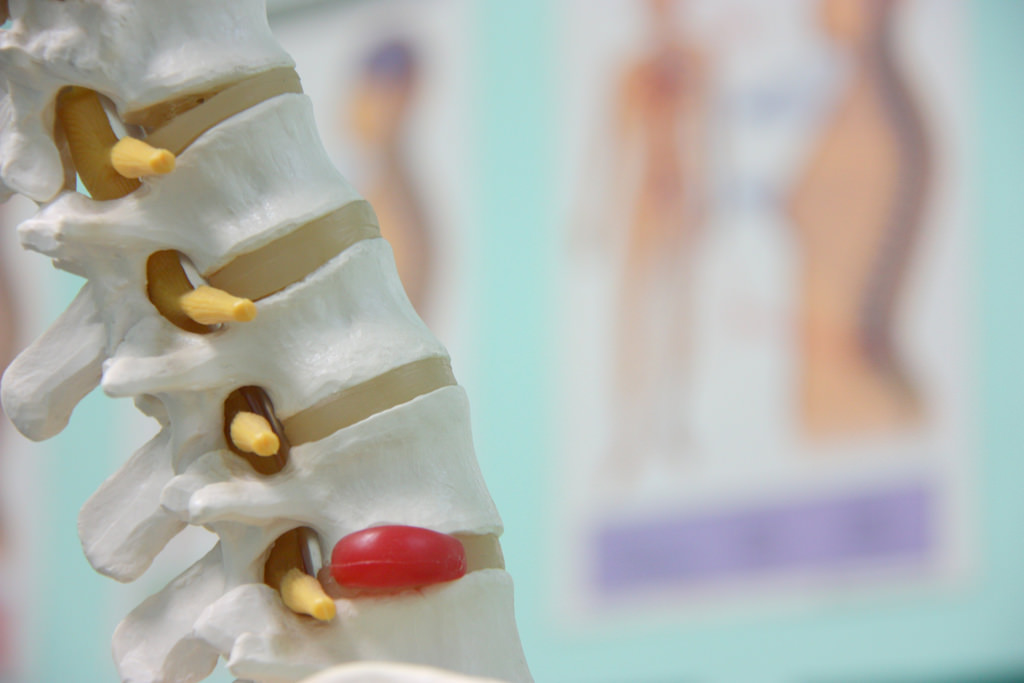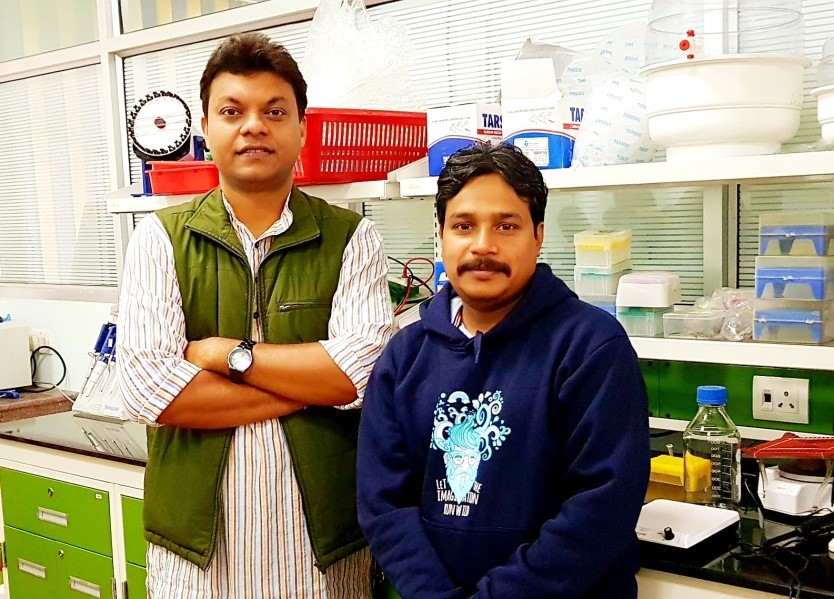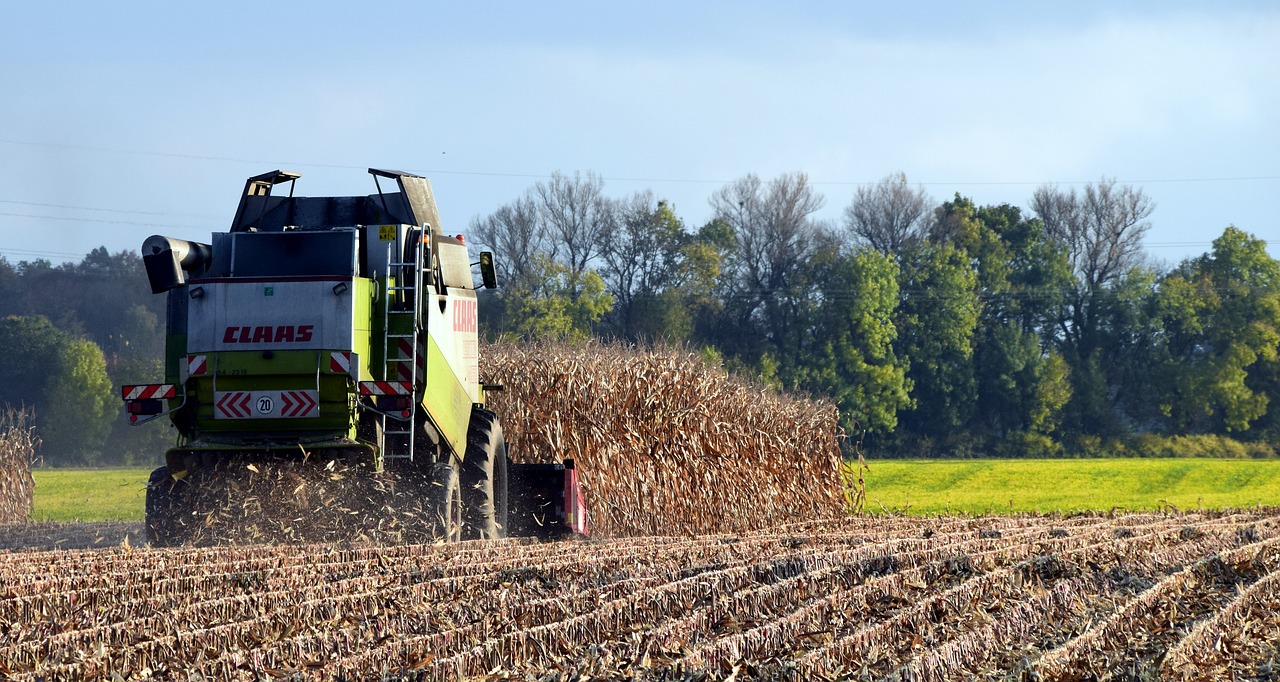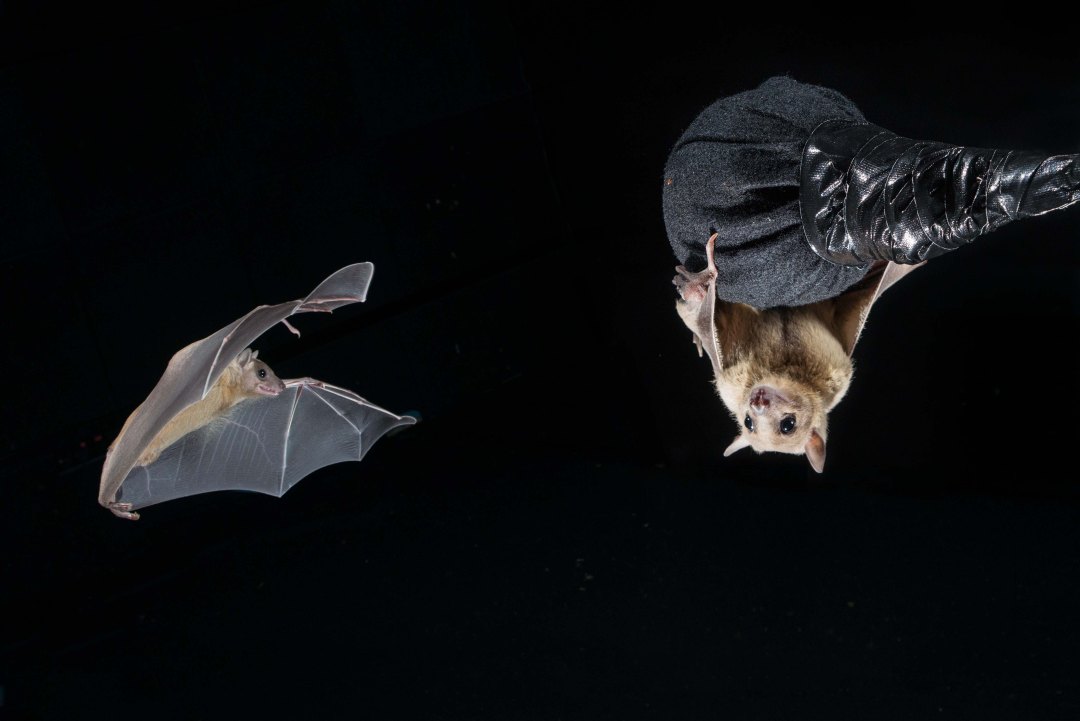
Scientists Use Silk Polymer to Develop Artificial Vertebral Disc
- News
- 1.7K
Degenerative disc disease is a major cause of low back pain affecting the mobility of people. A group of Indian scientists have developed a silk-based bioartificial disc that may find use in disc replacement therapy in future.
At present, therapeutic treatment for degenerative disc disease can only provide symptomatic relief of pain without restoring the functions of discs, while disc replacement surgery is very costly.
The use of a silk biopolymer to fabricate a biocompatible disc can reduce the cost of artificial discs in future, claim researchers from the Department of Biomaterial and Tissue Engineering at Indian Institute of Technology, Guwahati, who have developed the new technology.

Dr. Biman B. Mandal and Bibhas K. Bhunia.
The group has developed a fabrication procedure for a silk-based bioartificial disc adopting a “directional freezing technique”. The disc mimics internal intricacy of the human disc and its mechanical properties too are similar to those of the native ones, according to research results published in international scientific journal Proceedings of the National Academy of Sciences (PNAS).
The fabricated discs supported primary annulus fibrosus or human mesenchymal stem cell proliferation, differentiation, and matrix deposition of a sufficient amount. The annulus fibrosus is a specialized tissue having a complex, multilamellar, hierarchical structure consisting of collagen, proteoglycans and elastic fibers.
“Major challenges toward successful intervertebral disc tissue engineering remain elusive, mainly because of tremendous complexity of annulus fibrosus tissues. We have successfully recapitulated its internal intricacy – angle-ply construct, which is critical for the proper biomechanical functioning of the disc,” Dr. Biman B. Mandal, who led the research team, told India Science Wire.
Degenerative disc disease affects intervertebral discs, which are soft pillow-like cushions between interlocking bones that structure human spine. These discs act as shock absorbers for the spine and support weight and complex motions of the spine.
With growing age, these discs change from a flexible state that allows the smooth fluid motion of a stiff and rigid state restricting movement and resulting in discomfort or pain. “Our construct mimics native structure-function attributes of the disc and provides sufficient mechanical strength to function in load-bearing activities,” explained Bibhas K. Bhunia, co-author of the study.
The new disc has been tested in laboratory mice and scientists observed the negligible immune response. “We believe if the silk-based bio-discs transcends clinical translation, it can be an affordable option for disc replacement therapy in future,” said Dr. Mandal.
The research team included Bibhas K. Bhunia, Biman B. Mandala (IIT Guwahati) and David L. Kaplan (Tufts University, Medford). This work was supported by grants from the Department of Science and Technology (DST) and the Department of Biotechnology (DBT). (India Science Wire)
By Ratneshwar Thakur
Journal Article
For the latest Science and Tech news and conversations, follow Research Stash on Twitter, Facebook, and subscribe to our YouTube channel


